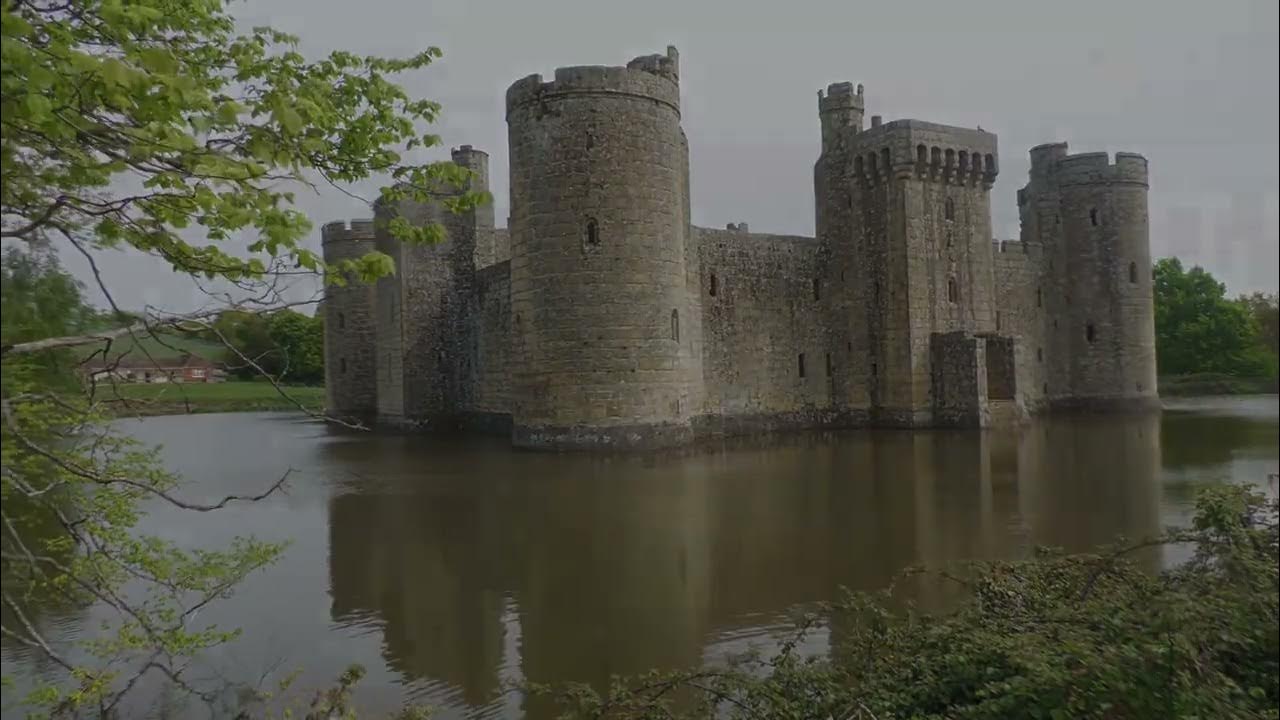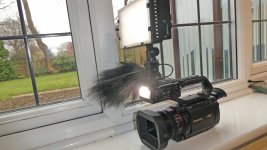- Messages
- 185
- Name
- Mike
- Edit My Images
- No
Afternoon all,
I've been a hobbyist photographer for ages and have had a video itch for a long portion of that. An upcoming road trip to Scotland makes me think that now is the time to scratch it.
I've got a Canon R5, with various lenses (mostly EF), and a couple of Insta360 One RSs as well as a Zoom H1n, a Rode external mic, and some suction cup type mounting brackets--I imagine I won't be using the R5 for sticking on the car or anything. So I think that the gear side is covered.
But. I have little to no idea on film making.
I understand that the premise is to tell a story, so I intend to start with a few short scenes on planning and packing, then a montage/time lapse of the trip up to our start point in Loch Lomond, and then a few scenes for each of the 4 or 5 days.
I figure I've got a couple of months to play with the gear and figure out the best positions for camera angles and sound recording, but it's the actual 'art' of the storytelling that I reckon will be the hardest to grasp.
Does anyone have any tips or advice on how I might approach this? I'm accepting it's going to be a learning experience, but hopefully it'll be fun!

I've been a hobbyist photographer for ages and have had a video itch for a long portion of that. An upcoming road trip to Scotland makes me think that now is the time to scratch it.
I've got a Canon R5, with various lenses (mostly EF), and a couple of Insta360 One RSs as well as a Zoom H1n, a Rode external mic, and some suction cup type mounting brackets--I imagine I won't be using the R5 for sticking on the car or anything. So I think that the gear side is covered.
But. I have little to no idea on film making.
I understand that the premise is to tell a story, so I intend to start with a few short scenes on planning and packing, then a montage/time lapse of the trip up to our start point in Loch Lomond, and then a few scenes for each of the 4 or 5 days.
I figure I've got a couple of months to play with the gear and figure out the best positions for camera angles and sound recording, but it's the actual 'art' of the storytelling that I reckon will be the hardest to grasp.
Does anyone have any tips or advice on how I might approach this? I'm accepting it's going to be a learning experience, but hopefully it'll be fun!




